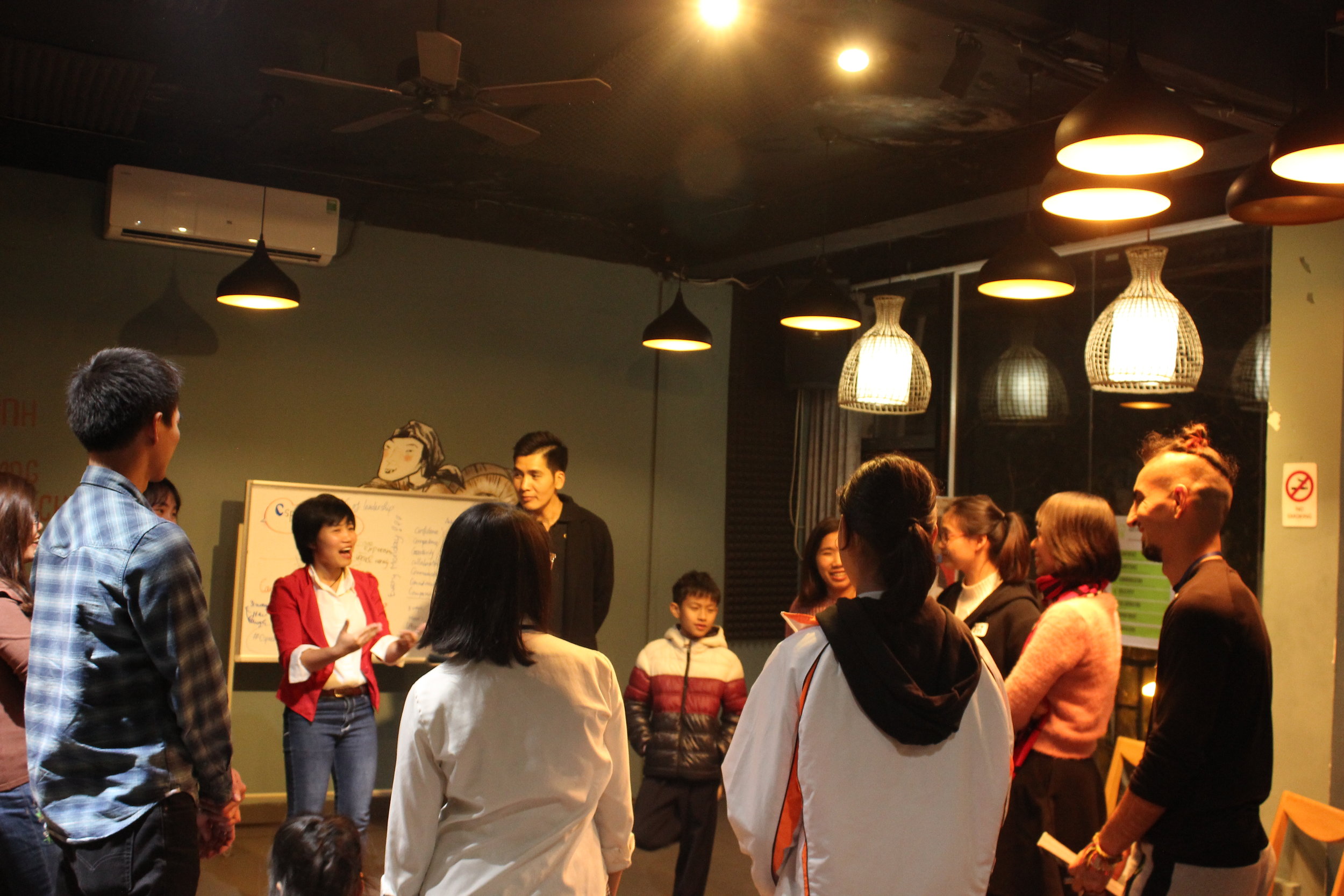Ego is the enemy
(a book written by Ryan Holiday)
Some weeks ago, one of our members in Hanoi Entrepreneur Community asked us about how to reduce our ego?
Ego is different from self-confidence, while self-confidence helps us do things better, ego stops what we can achieve.
I remember when I was a student, I met a guy from Spain at a conference and after our conversation, he told me that I had a high ego. I thought it was a compliment and yes, it seemed he complimented. But as I grew up, I found lot of times, my ego became an obstacle of my growth. For example, when my close friend gave me feedback, I heart a voice that he would say something I already knew that I experienced long time ago. It is interesting because ego comes a lot from being insecure about ourselves which means we are not fully confident about ourselves that we are scared of being hurt. That is why if we just think we are a student, always learning then we do not feel that much insecure.
Here are 3 thoughts to help us be confident but not letting the ego stop you from learning from anything or anyone:
- Always be a student, have a friend who is much younger than you and a friend who is much older than you and listen to what they have to say about their dream and their thinking for any topic
- Always be a student, before entering any meeting/event/seminar/conversation, always position yourself as a student that you will be open to what people share (and yes, knowing that you have a choice to choose which one to apply in your life but be open and thankful for the information)
- Always be a student, when hearing anyone give you feedback, listen and ask yourself what do you learn from it (and yes, you have a choice which feedback to apply in your life)
And yes, this picture below reflects a great learning in my speaking journey, each time I have a chance to speak on stage with other amazing speakers, having a mindset of being a student helps me learn best from them




















